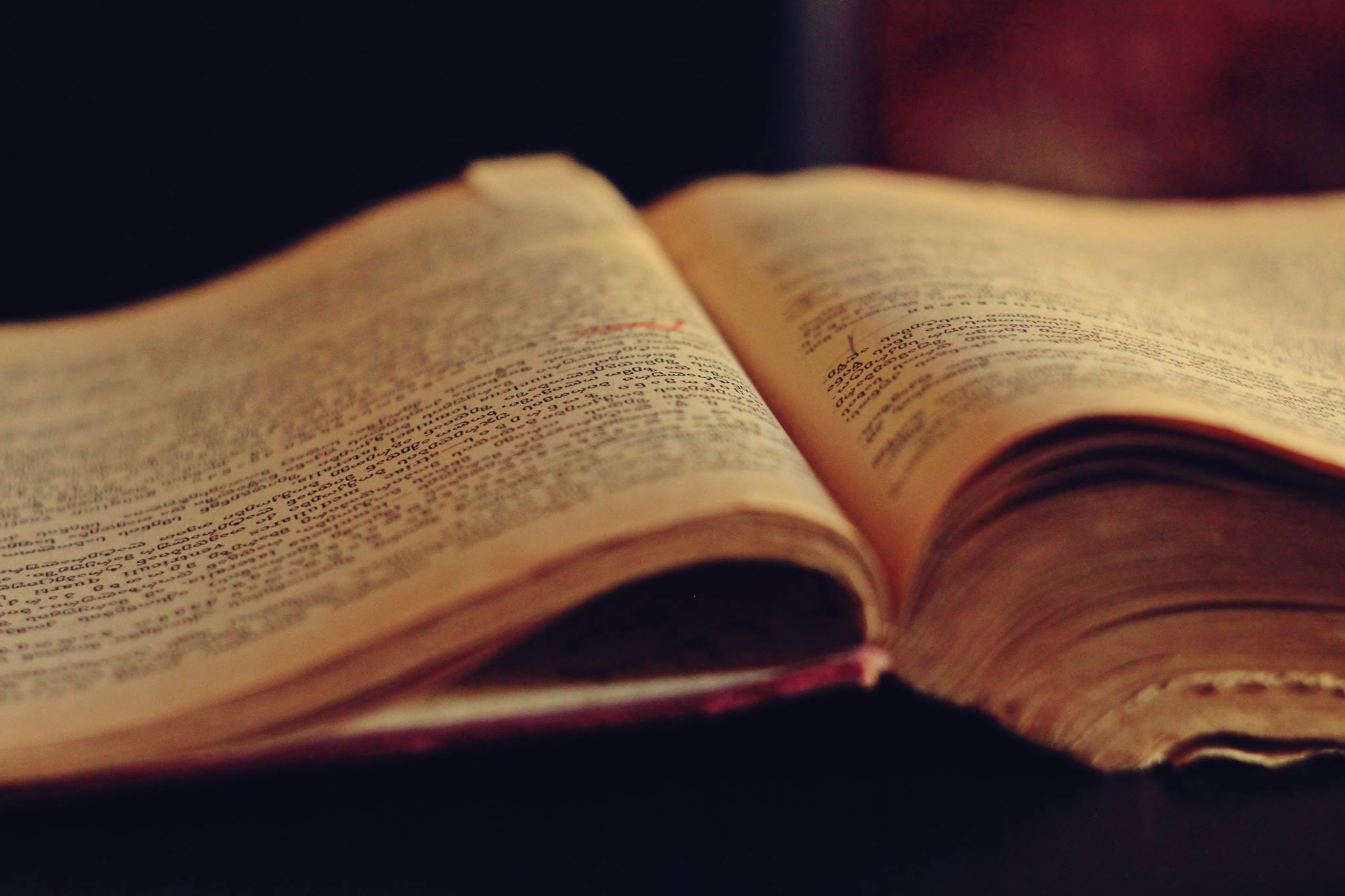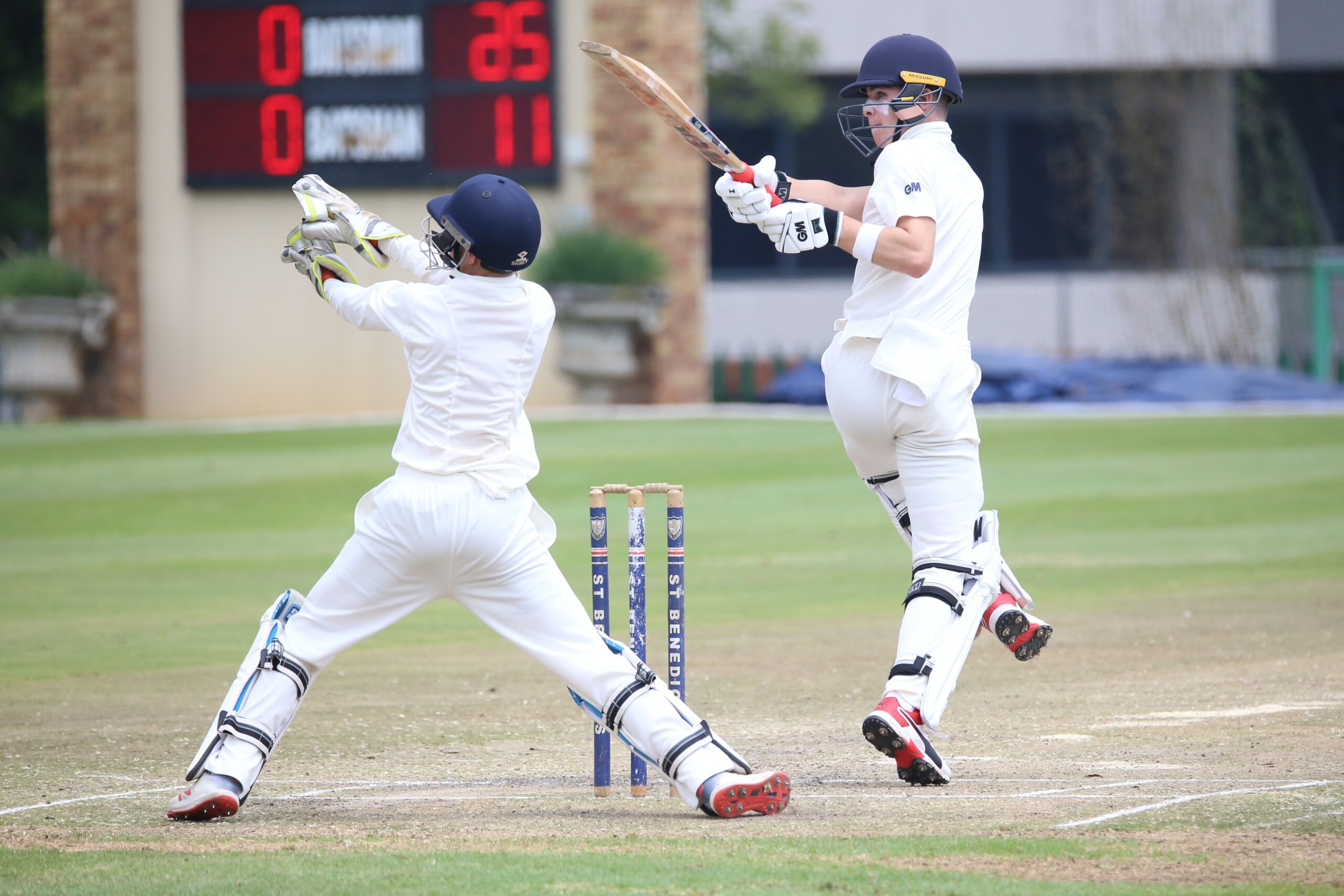Growth of modern education in India – Brief Summary
During the initial periods of history, the East India Company was not interested in the impartment of knowledge and education to the Indians at all. But, some individuals made minor exceptions time and time again for the development of education sector and in various subjects and fields.
There were four phases in which modern education of India could be divided :-
First Phase (1758 – 1812 AD)
- The Calcutta Madrasa was established by Warren Hastings in 1781 for the study of Muslim law.
- The Sanskrit College was established by Jonathan Duncan at Banaras in 1791 for the study of Hindu law and philosophy.
- The Fort William College was established by Wellesley in 1800 for training of Civil servants of the Company in Indian languages and customs.
Second Phase (1813 – 1853 AD)
- In 1813. the British Parliament included a clause in its Charter that a sum of not less than Rs One Lakh shall be kept by the Governor General in Council for education.
- As per the Charter, the Christian missionaries were to spread their religious ideas in India.
- The Calcutta College was established in 1817 with Raja Ram Mohan Roy’s efforts for imparting western education. Three Sanskrit colleges were also established in Calcutta.
- In 1823, a General Committee of Public Instruction was appointed to look after the development of education in India but it failed due to Orientalist – Anglicist controversy over the nature of education i.e. western or traditional education and the medium of education.
- In 1835, Macaulay’s Education Policy approved by Lord William Bentinck came which favoured western education over traditional one.
- In 1844, Lord Hardinge started giving employment in government jobs only to those Indians who studied from Western schools and colleges.
- Bethune School of Calcutta, Agricultural Institute at Pusa (Bihar) and Engineering Institute at Roorkee were also established during this period.
Third Phase (1854 – 1900 AD)
In 1854, Charles Wood prepared a despatch(official report) known as “Magna Carta of Education”. As per this scheme, following points were to be implemented in the country :-
- Vernacular primary schools were to be set up in rural areas. The government had to impart western education through English medium for higher education purposes.
- Private enterprises were to be involved in the education system by providing various government grants.
- A department of public instruction was to be established in each of the five provinces.
- A University was to be established each in Calcutta, Bombay and Madras.
- Institutions would be established for training of the teachers.
- Efforts would be made for the promotion of education for women too.
In 1882, Lord Ripon appointed Hunter Commission under Sir WW Hunter. This commission was to express views on primary and secondary education only. Also, it needed to emphasize the state’s role in education.
Fourth Phase (1901-1920 AD)
- In 1904, the Indian Universities Act was passed based on the report by University Commission headed by Sir Thomas Rayleigh appointed by Lord Curzon.
- Various nationalist Indian leaders wanted the British government to impart compulsory education in primary schools but the government didn’t want to take responsibility of mass education.
- In 1913, Government resolution on Education Policy was made to eradicate illiteracy from the country.
- Each province would have it’s own University.
- Sadler University Commission was formed in 1917 to investigate and report on the reasons for Calcutta Universities poor performance but it ultimately reviewed all the Universities of the country during the period 1917-1919.
- New Universities were to be established in various cities which included Lucknow, Patna, Mysore, Benares, Aligarh, Dacca and Osmania.











